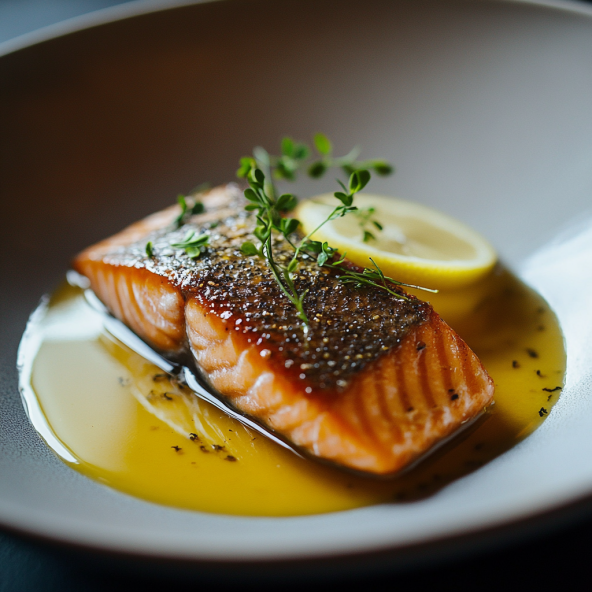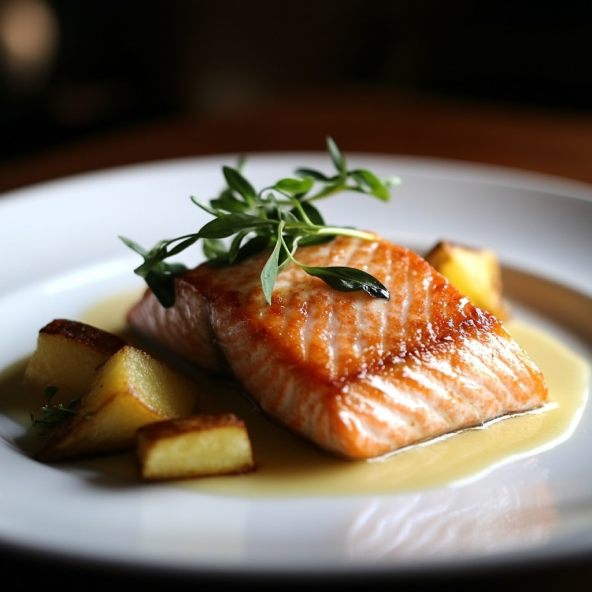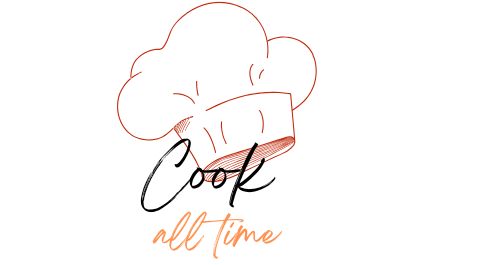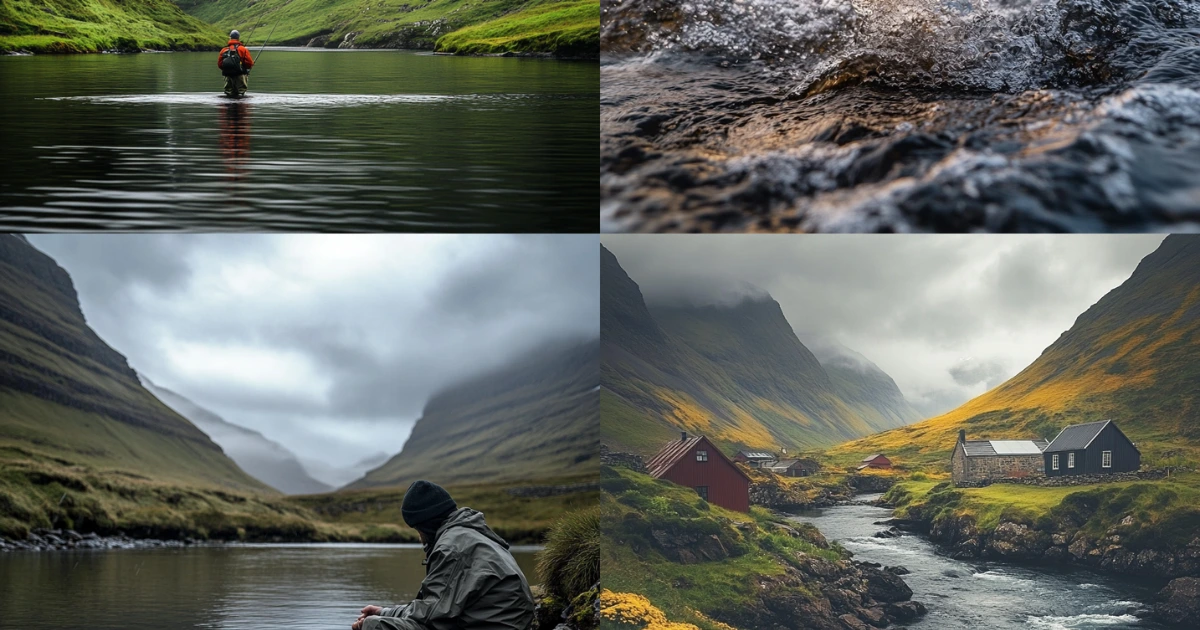Introduction
When it comes to seafood, salmon is one of the most popular and versatile choices. But a common question arises: Where is the best salmon in the world from? The answer often depends on factors like flavor, texture, farming practices, and sustainability.
From wild-caught Alaskan salmon to farmed varieties from the Faroe Islands and Norway, the competition is fierce. This article explores what makes it the best, the differences between wild and farmed varieties, and why certain regions like the Faroe Islands and Norway are renowned for their premium salmon.
Table of Contents
What Makes Salmon “The Best”?
Defining the “best” salmon involves considering several criteria that affect quality and taste.
Key factors include:
- Flavor: A balanced, rich taste with a mild fishiness.
- Texture: Firm yet tender flesh that holds up during cooking.
- Nutritional value: High levels of omega-3 fatty acids, protein, and essential vitamins.
- Sustainability: Raised or caught using methods that protect marine ecosystems.
- Freshness: Minimal handling and quick delivery to maintain quality.
When determining where is the best in the world from, these factors help identify regions producing top-tier seafood.
Wild vs. Farmed
The debate over wild vs. farmed plays a crucial role in answering Where is the best in the world from? Both options have unique advantages and challenges.
Wild Salmon:
- Flavor: Often stronger and more distinct due to a natural diet.
- Sustainability: Overfishing can threaten certain wild salmon populations.
- Seasonality: Only available during specific times of the year.
Farmed Salmon:
- Consistency: Controlled farming ensures uniform taste and texture year-round.
- Sustainability: Eco-friendly practices, like those in the Faroe Islands, make farming viable.
- Availability: Readily available and often more affordable than wild-caught varieties.
Both types can be excellent, but regions like the Faroe Islands and Norway excel in sustainable farming that rivals the quality of wild salmon.
Top Regions for the Best
If you’re wondering, Where is the best in the world from? several regions stand out for their premium-quality fish.
Leading regions:
- Faroe Islands: Known for their pristine waters and sustainable farming practices.
- Norway: A global leader in farmed with a rich history in aquaculture.
- Alaska: Famous for wild-caught salmon with a robust, natural flavor.
- Scotland: Celebrated for its high-quality farmed and traditional methods.
- Dive deeper into why Faroe Island stands out in the article Faroe Island Salmon: A Sustainable Seafood Choice.
- Explore whether Faroe Island is truly worth the acclaim in Is Salmon from Faroe Islands Good?.
Each region has its strengths, but the Faroe Islands and Norway consistently produce salmon that is renowned for its flavor, texture, and environmental stewardship.
Faroe Islands: The Premium Choice
The Faroe Islands are often cited as the answer to Where is the best in the world from? Thanks to their unique environment and commitment to sustainability, salmon from this region is widely considered a premium choice.

Why the Faroe Islands stand out:
- Pristine waters: Strong ocean currents and cold, clean water create the perfect conditions for healthy .
- Low-density farming: are raised in spacious pens, reducing stress and promoting superior quality.
- Sustainable practices: Farmers follow strict environmental standards, minimizing impact on marine ecosystems.
- Natural diets: Fish are fed high-quality, GMO-free feed to enhance flavor and nutritional value.
The result is with a buttery texture, mild flavor, and consistent quality, making it a favorite among chefs and seafood lovers.
Norwegian Salmon: A Global Favorite
Norway is another top contender when considering Where is the best in the world from? Norwegian is a staple in both home kitchens and high-end restaurants worldwide.
What makes Norwegian salmon special:
- Consistency: Advanced farming technology ensures uniform quality and taste.
- Rich flavor: Known for its mild, clean taste, appealing to a broad range of palates.
- Innovative farming: Norway is a pioneer in sustainable aquaculture, using technology to monitor fish health and minimize environmental impact.
- Availability: Norwegian is widely exported, making it accessible to consumers globally.
Norwegian salmon’s balance of flavor, texture, and sustainability has earned it a reputation as one of the best options for high-quality seafood.
History
Norway’s long history of salmon farming is a significant factor in its global reputation. To understand Where is the best in the world from, it’s important to consider Norway’s contributions to aquaculture.
Key milestones:
- 1970s: Norway introduced large-scale farming, revolutionizing the industry.
- Innovation: Pioneered techniques like open-net farming and advanced monitoring systems.
- Sustainability focus: Developed regulations to protect marine ecosystems and improve fish health.
- Global export leader: Today, Norway exports millions of tons of salmon annually, meeting global demand for premium seafood.
Alaskan Salmon: The Wild Option
When asking Where is the best in the world from?, Alaska often tops the list for its wild-caught varieties. Alaskan thrives in cold, pristine waters, resulting in fish with bold flavors and firm textures.
What sets Alaskan apart:
- Wild-caught: Sourced from natural habitats, ensuring rich flavor and nutrient density.
- Varieties: Includes five types: king, sockeye, coho, pink, and chum salmon.
- Sustainability: Strict fishing quotas and eco-conscious practices preserve fish populations.
Alaskan is ideal for those who prefer a stronger, more distinct taste. However, its seasonal availability and higher cost make it a specialty option rather than an everyday choice.
Scottish Salmon: The Gourmet Pick
Scottish is often regarded as a gourmet selection, prized for its luxurious texture and mild flavor. But where is the best on in the world from? For many, Scotland’s commitment to quality farming places it near the top.

Highlights of Scottish:
- Premium farming: Raised in cold, sheltered waters with strong currents that mimic natural conditions.
- Rich texture: Known for its buttery, melt-in-your-mouth consistency.
- Quality assurance: Scottish is often certified by the Label Rouge, signifying premium standards.
Scottish salmon’s subtle flavor profile makes it a favorite for smoked salmon, delicate appetizers, and gourmet dishes.
New Zealand Salmon: A Rising Star
New Zealand may not be the first answer to Where is the best in the world from?, but it’s quickly gaining recognition. Known for producing king (or Chinook) , New Zealand’s offerings are celebrated for their high oil content and rich flavor.
Unique characteristics:
- King salmon dominance: One of the rarest and most sought-after salmon species.
- Sustainable farming: Raised in ocean-fed freshwater systems with minimal environmental impact.
- Exceptional taste: High fat content gives it a rich, creamy flavor that stands out.
New Zealand is perfect for those seeking a premium, unique experience. Its sustainability and quality make it an excellent choice for raw dishes like sashimi.
Sustainability in Farming
Sustainable salmon farming is essential to meet the growing global demand for seafood while protecting our oceans, ecosystems, and communities. By adopting responsible practices, the salmon farming industry can balance economic benefits with environmental and social sustainability. Here’s an overview of the key aspects of sustainability in salmon farming:
1. What Is Sustainable Salmon Farming?
Sustainable salmon farming involves raising it in ways that minimize environmental impact, ensure fish welfare, and support local economies. This includes using efficient feed, reducing pollution, preventing diseases, and promoting ethical farming methods.
2. Environmental Responsibility
- Reducing Pollution: Farms use waste management systems to minimize fish waste and uneaten feed entering surrounding waters.
- Preventing Escapes: Secure enclosures prevent farmed salmon from escaping and interbreeding with wild salmon, which could disrupt genetic diversity.
- Habitat Protection: Farms are often located in areas with minimal disruption to natural ecosystems to protect local habitats like coastal waters and seabeds.
3. Feed Efficiency
Sustainable salmon farming focuses on sourcing feed that minimizes environmental impact.
- Alternative Ingredients: Fishmeal and fish oil are being replaced with plant-based proteins, algae, and byproducts from other food systems to reduce overfishing.
- Feed Conversion Ratios (FCR): have an efficient feed conversion ratio, requiring less food to grow compared to land-based livestock like cows or pigs.
4. Responsible Water Usage
- Closed-Containment Systems: Innovative land-based and offshore systems recycle and filter water, reducing pollution and ensuring clean water for the fish.
- Reducing Water Contamination: Using eco-friendly practices to prevent antibiotics, pesticides, and other contaminants from entering natural water sources.
5. Protecting Wild Salmon Populations
- Sustainable farms avoid harming wild salmon populations by preventing disease transfer, avoiding overfishing, and carefully selecting farming locations.
- Certification programs like Aquaculture Stewardship Council (ASC) ensure farms meet strict sustainability and conservation standards.
6. Disease Prevention and Fish Welfare
- Farms prioritize fish health by using vaccines instead of antibiotics, reducing disease outbreaks.
- Implementing lower stocking densities (fewer fish per enclosure) improves fish welfare and reduces stress.
- Natural treatments like cleaner fish (e.g., wrasse and lumpfish) are used to control parasites like sea lice without chemicals.
7. Innovation and Technology
- Sensors and AI: Tools monitor water quality, fish health, and feeding efficiency to optimize farm management.
- Land-Based Farming: Recirculating Aquaculture Systems (RAS) allow salmon to be raised in tanks on land, reducing ocean impact.
- Integrated Aquaculture: Farms combine salmon with species like shellfish and seaweed to create balanced ecosystems.
8. Certification and Standards
Look for certification labels to ensure your salmon comes from sustainable sources. Key certifications include:
- Aquaculture Stewardship Council (ASC)
- Best Aquaculture Practices (BAP)
- GlobalG.A.P.
These certifications ensure the salmon is raised responsibly, with minimal environmental and social impact.
How to Support Sustainability in Salmon Farming
- Choose Certified : Look for labels like ASC, BAP, or GlobalG.A.P. when buying salmon.
- Buy Local: Support local and sustainable aquaculture farms whenever possible.
- Stay Informed: Learn about the environmental impact of different farming methods and encourage responsible practices.
By prioritizing sustainability in farming, we can protect our oceans, feed future generations, and enjoy one of nature’s most nutritious foods responsibly.
Culinary Uses
High-quality elevates any dish, and understanding its culinary versatility is essential when asking Where is the best in the world from? Each region’s salmon offers unique flavors and textures suited for specific recipes.
Popular culinary uses:
- Sashimi and sushi: Perfect for raw preparations due to its fresh, clean taste.
- Grilled fillets: Holds up well under high heat, maintaining flavor and texture.
- Smoked salmon: Scottish and Faroe Island varieties are particularly favored for their mild, rich profiles.
- Baked dishes: Pairs beautifully with herbs, citrus, and creamy sauces.
Selecting premium ensures an unforgettable dining experience, whether for casual meals or gourmet occasions.
How to Choose the Best
Deciding Where is the best in the world from? requires understanding what to look for in high-quality fish.
Tips for selecting the best :
- Origin: Choose salmon from reputable regions like Alaska, the Faroe Islands, or Scotland.
- Color: Look for vibrant pink or orange hues, indicating freshness and quality.
- Texture: Firm flesh that bounces back when touched is a good indicator of freshness.
- Certifications: Opt for salmon with sustainability labels like ASC or Global GAP.
By considering these factors, you can ensure you’re getting salmon that’s both delicious and responsibly sourced.
FAQs:
1. Where is the best in the world from?
Regions like Alaska, the Faroe Islands, Scotland, and New Zealand are renowned for their premium .
2. What’s the difference between wild and farmed salmon?
Wild salmon has a bolder flavor, while farmed varieties are milder and more consistent in texture.
3. Is sustainable salmon better?
Yes, sustainable practices protect the environment and often result in higher-quality fish.
4. Which is best for raw dishes?
New Zealand king and Faroe Island are excellent choices for sashimi and sushi.
5. How can I tell if salmon is fresh?
Check for vibrant color, firm texture, and a mild, ocean-like smell.
6. Why is some salmon more expensive?
Price depends on factors like origin, species, and farming or fishing practices. Premium salmon from regions like Scotland or New Zealand often costs more due to its quality and rarity.
Conclusion
So, Where is the best in the world from? The answer depends on your preferences for flavor, texture, and sustainability.
- Alaska offers robust wild-caught salmon with a distinct taste.
- Scotland provides a gourmet option with its rich, buttery salmon.
- New Zealand stands out for its king salmon, known for its high fat content and exceptional flavor.
Ultimately, the best comes from regions that prioritize quality and sustainability. By choosing premium salmon from these areas, you can enjoy a superior culinary experience while supporting responsible seafood practices.


1 thought on “Where Is the Best Salmon in the World From? Top Regions for Premium Salmon”